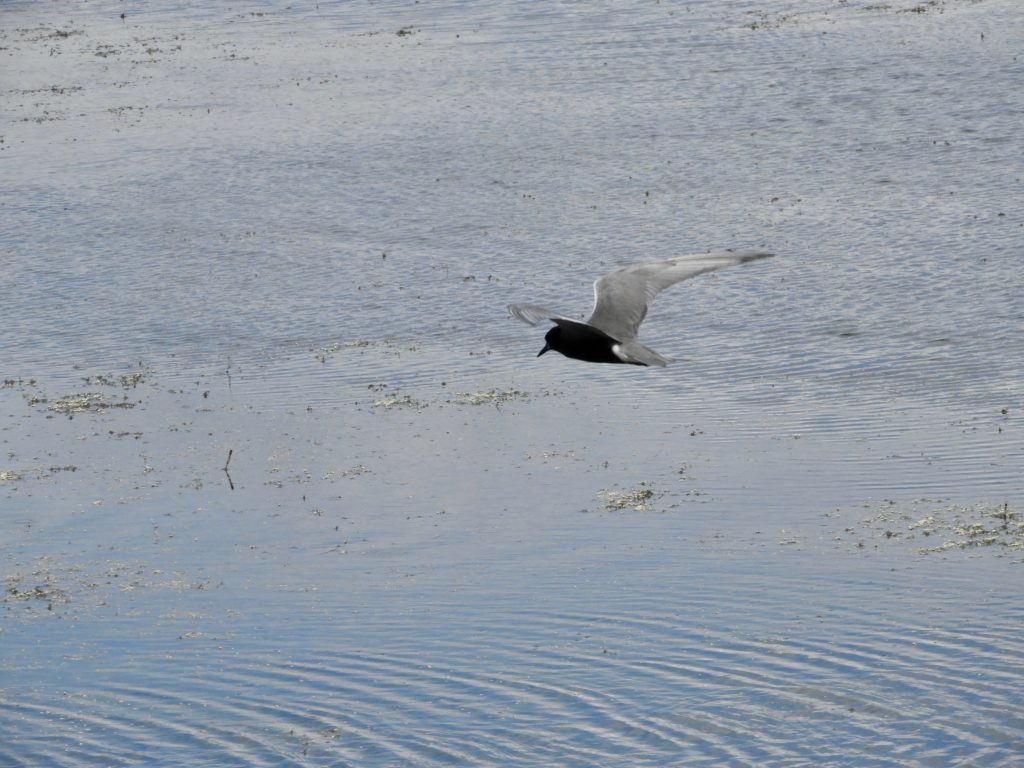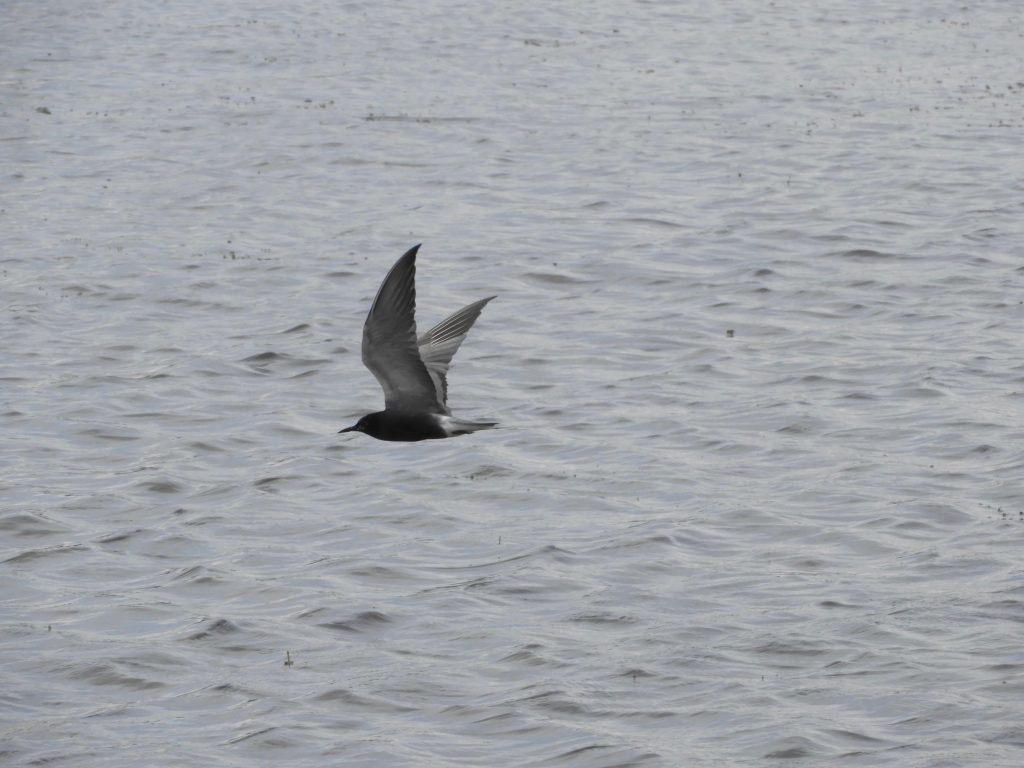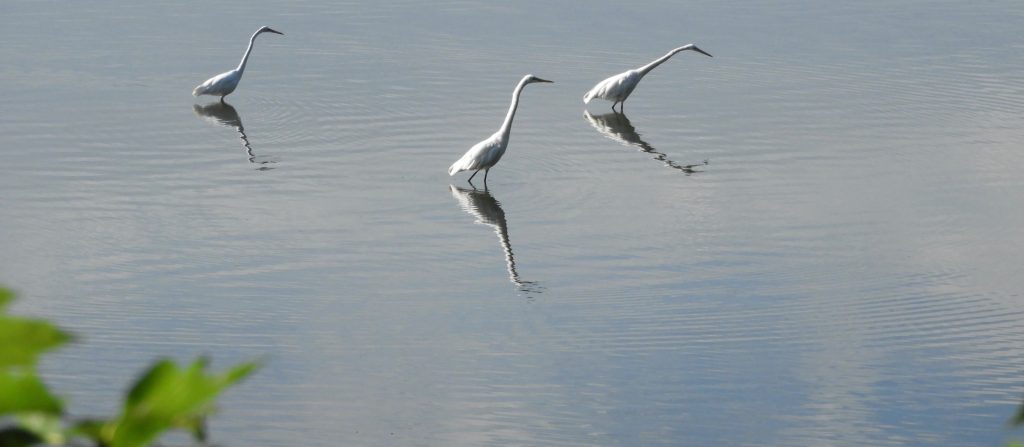 Royal Botanical Gardens. Arboretum, Hamilton. ON. August 16 2022. This morning I was reminded of a recent radio discussion about collective nouns; you know: a charm of goldfinches or a murder of crows, that sort of thing. The reminder came from seeing this carpet of Double-crested Cormorants over and all around a small island at the end of Lake Ontario.
Royal Botanical Gardens. Arboretum, Hamilton. ON. August 16 2022. This morning I was reminded of a recent radio discussion about collective nouns; you know: a charm of goldfinches or a murder of crows, that sort of thing. The reminder came from seeing this carpet of Double-crested Cormorants over and all around a small island at the end of Lake Ontario.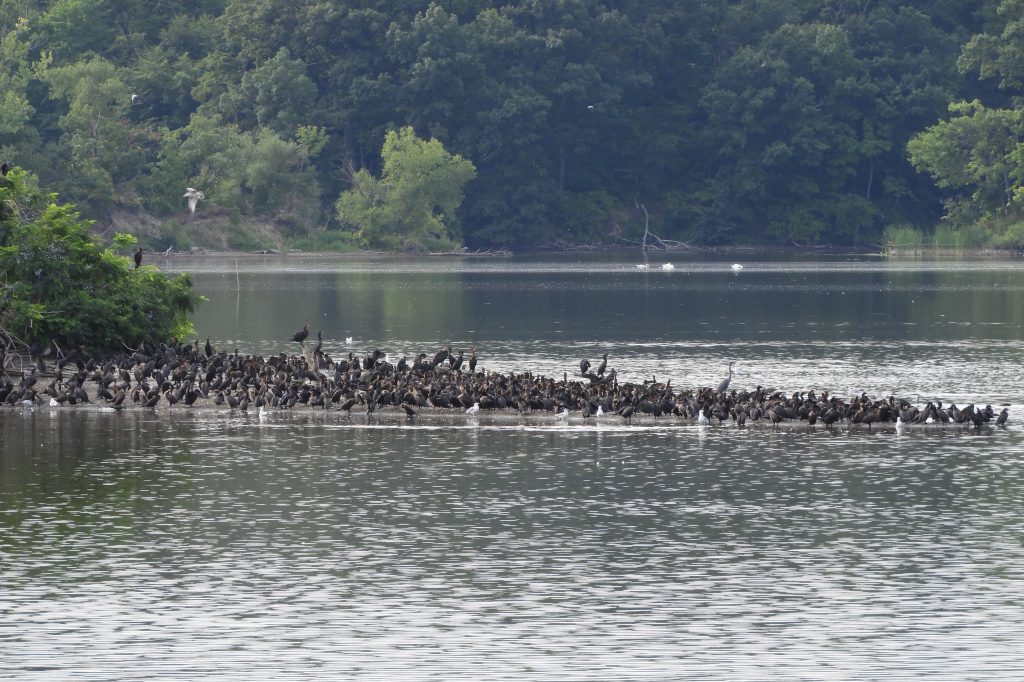
As far as I know carpet is not anyone’s collective noun for cormorants but it seemed appropriate.
Collective nouns are a far more ancient part of English language than I knew. I’d always assumed they were the products of harmless Victorian parlour games but no, the earliest known written source of collective nouns is the Book of St. Albans, compiled in 1486 by Juliana Bernes, the Benedictine prioress of the Priory of St. Mary of Sopwell, Hertfordshire. To me, it seems like an odd conjunction that a superior in an order of nuns, should be the compiler of a compendium of terms for hawking, hunting and heraldry, I thought they were supposed to spend their day in devotions. Whatever the origins, it must have been important to many, for the work soon sold out and was reprinted several times. Perhaps collective nouns somehow served to discriminate between the hunter, the hunted or just an onlooker, though I must say I can’t think how. Or more prosaically, possibly they were just winter, fireside entertainment, early (not Victorian) parlour games. I suppose it was important to some to know whether you had encountered an unkindness of Ravens, a cast of falcons or a flight of Goshawks.
The cormorants, who started this contemplation, were a little unsightly through no fault of their own. Their huge population here is demonstrably tied to human-induced changes to the ecology of the Great Lakes.
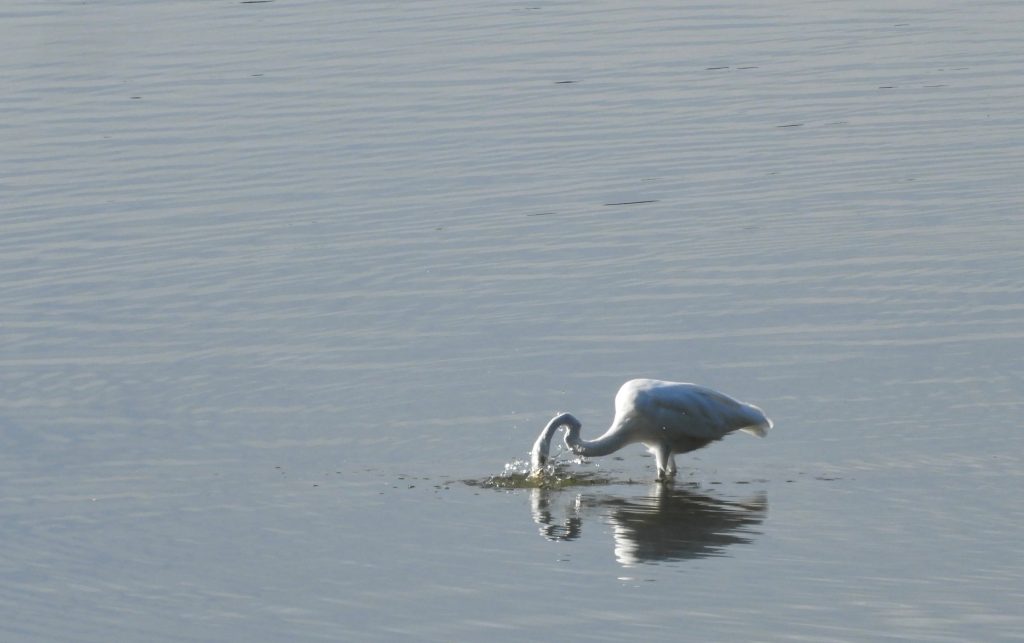
Far more appealing to the eye was a siege of Great Egrets (‘A siege of Herons’ according to the Book of St. Albans) who stilled the morning with their slow delicate pacing and occasional stab at fish. Bright white they were eye-catching and rated as my Birds of the Day despite pretty stiff competition from a couple of flings of Lesser Yellowlegs (ibid. Fling of Dunlin. The closest I could find.).
A vocal and busy flock of forty Caspian Terns (ibid), young and adults, gathered on a mud bank for a teaching event. The parents were showing the kids how to spot and dive for fish, and the kids would have been wise to pay attention, which I think they understood, they were certainly staying close.
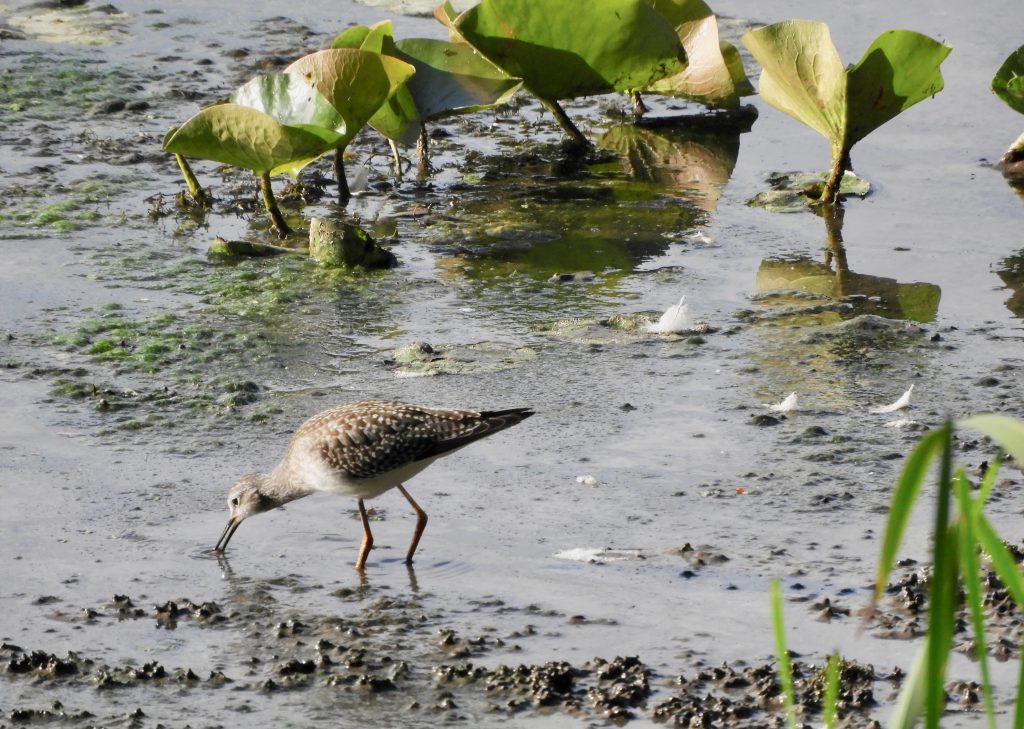
Writing this required quite a bit of research along the way, and I found that ‘gulp’ is the accepted collective noun for cormorants. A gulp of Double-crested Cormorants then.
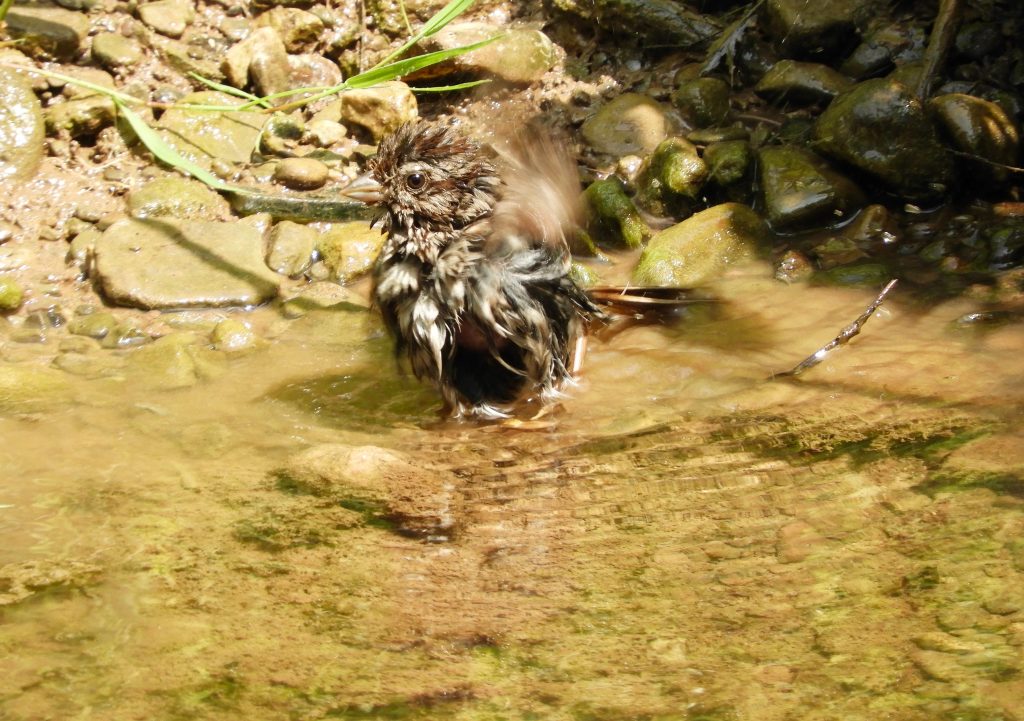
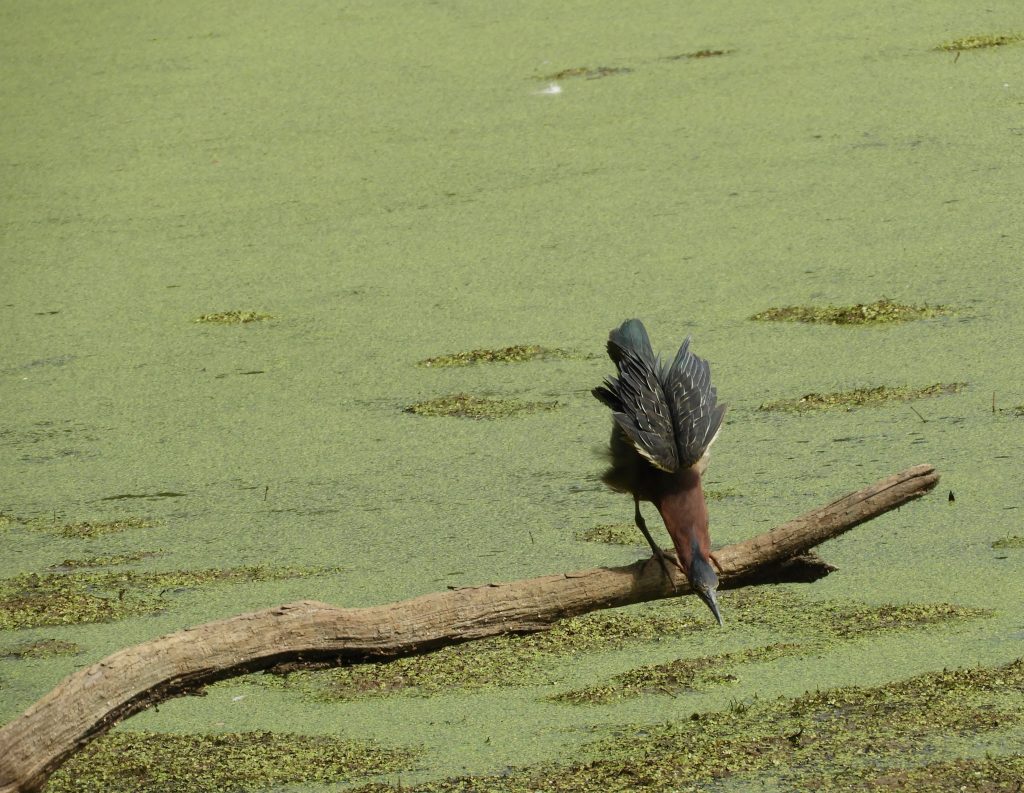
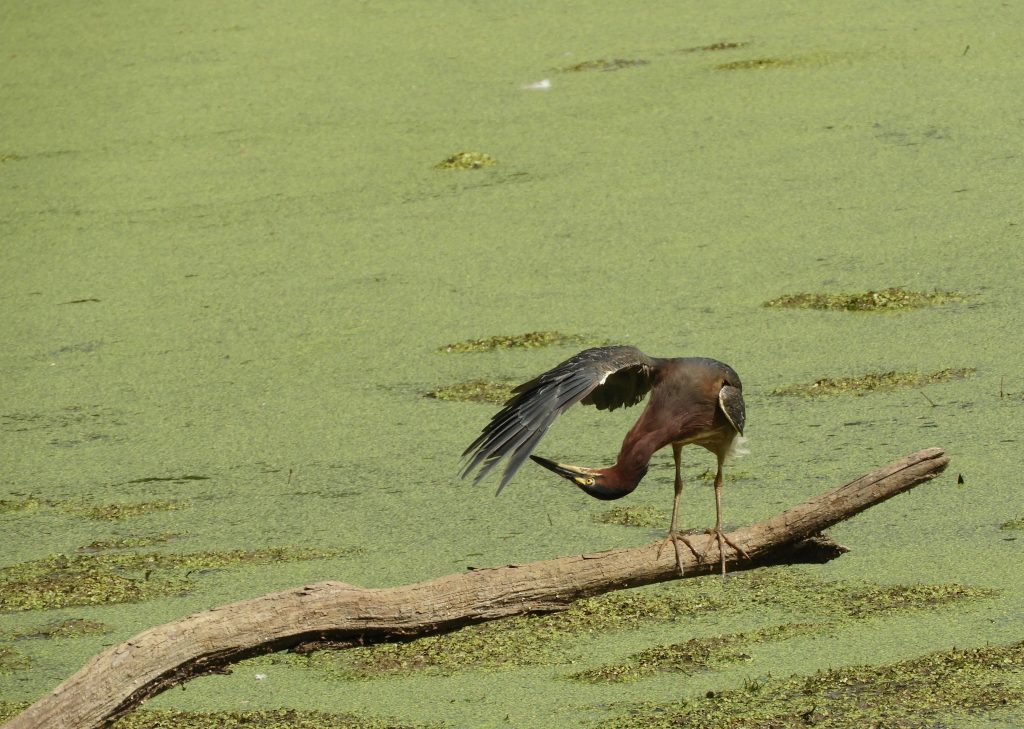
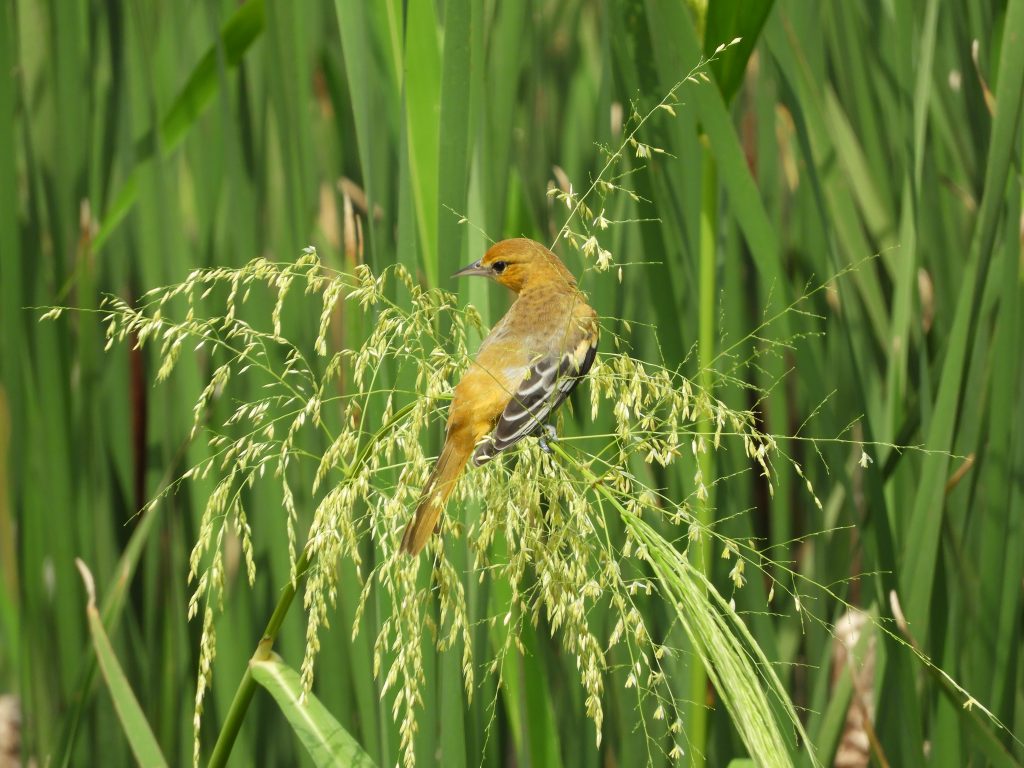
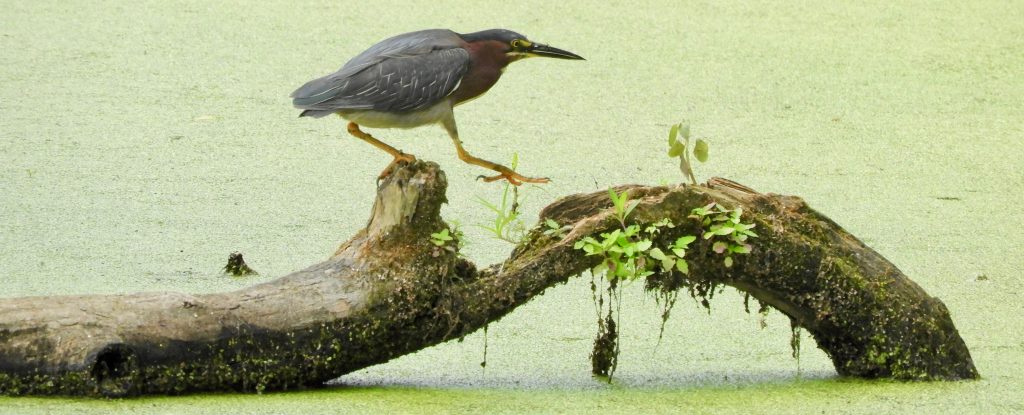 Royal Botanical Gardens. Hendrie Valley, Burlington. ON. July 28 2022. This evening, with two hours of daylight in hand, we walked the valley for no better reason than its stroll value.
Royal Botanical Gardens. Hendrie Valley, Burlington. ON. July 28 2022. This evening, with two hours of daylight in hand, we walked the valley for no better reason than its stroll value.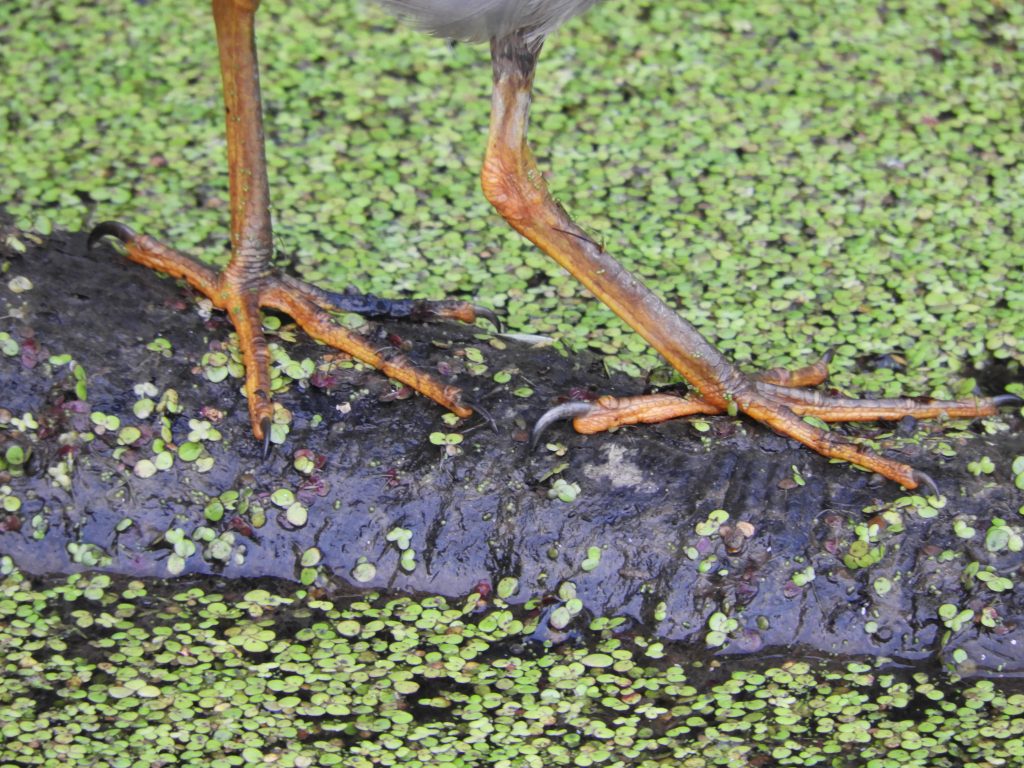
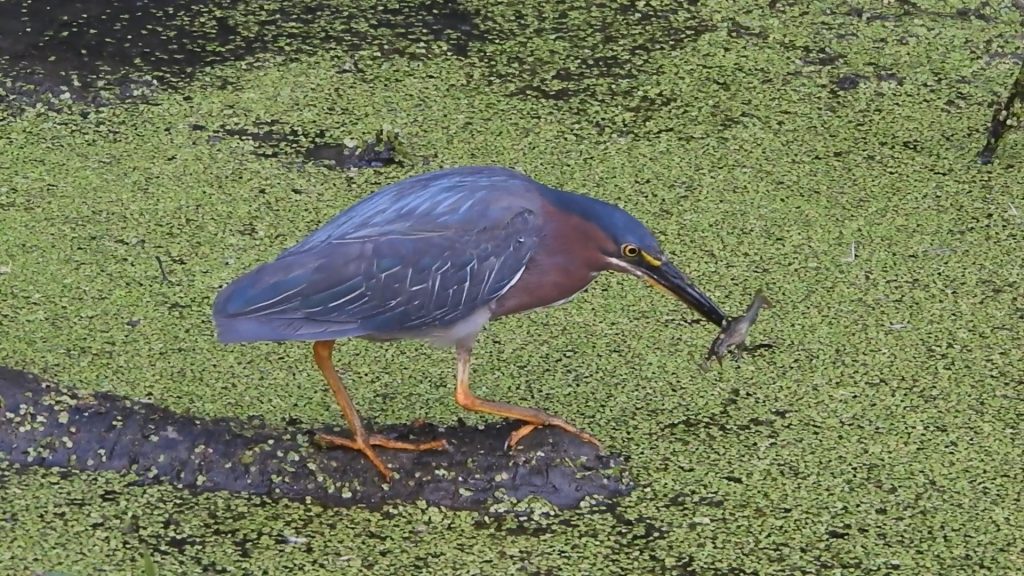
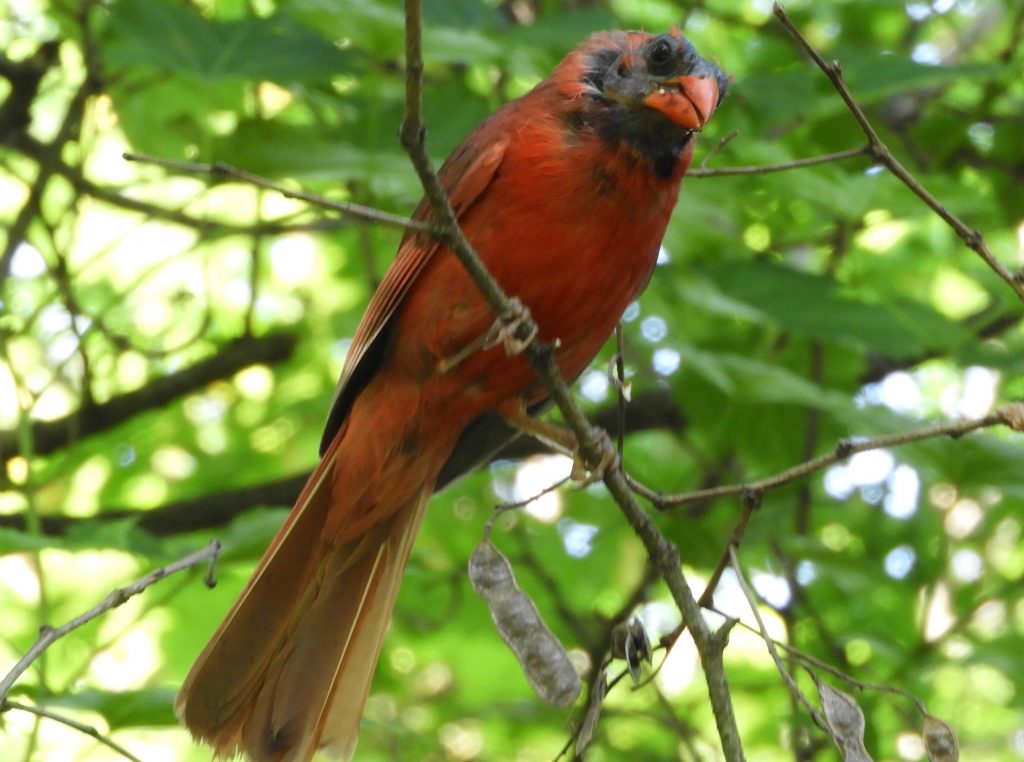
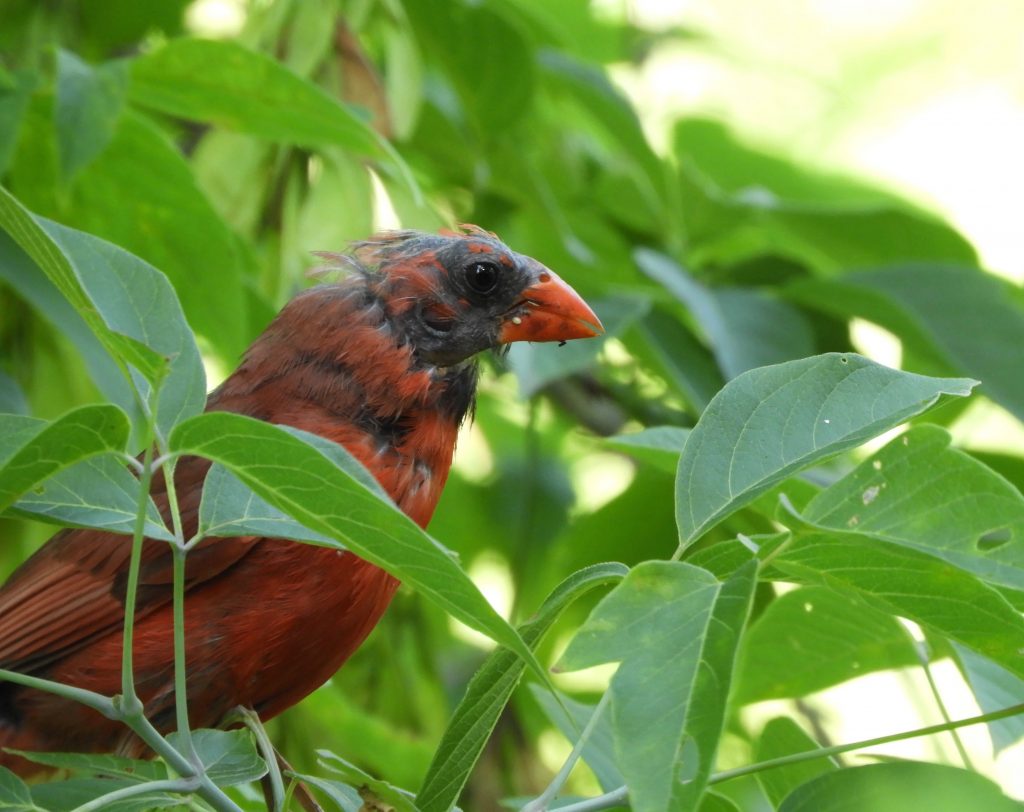
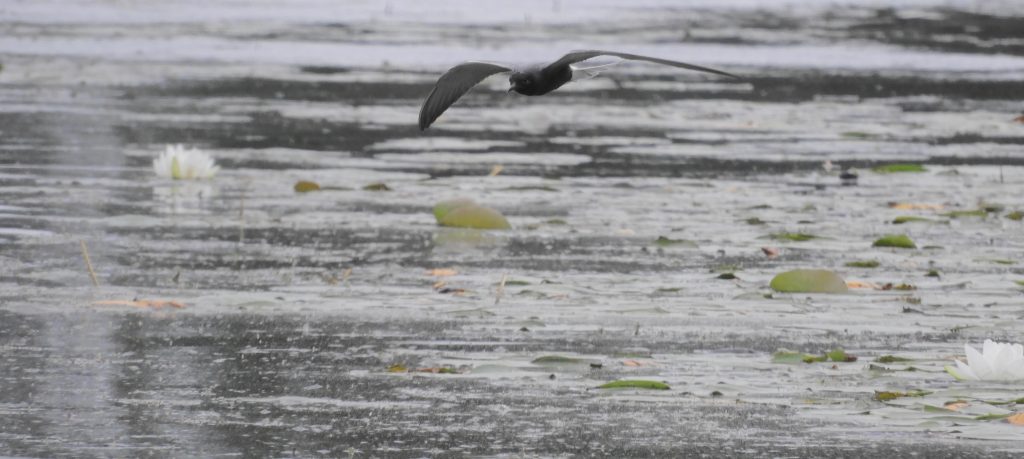 Port Perry, ON. July 8 2022. While a car full of adults might ignore hunger pangs for a while, a nursing 8-month old is almost certain to call for immediate satisfaction. It was exactly that set of circumstances that broke our longish journey into several parts today, happily we made each stop somewhere green, shady and mosquito-free.
Port Perry, ON. July 8 2022. While a car full of adults might ignore hunger pangs for a while, a nursing 8-month old is almost certain to call for immediate satisfaction. It was exactly that set of circumstances that broke our longish journey into several parts today, happily we made each stop somewhere green, shady and mosquito-free.